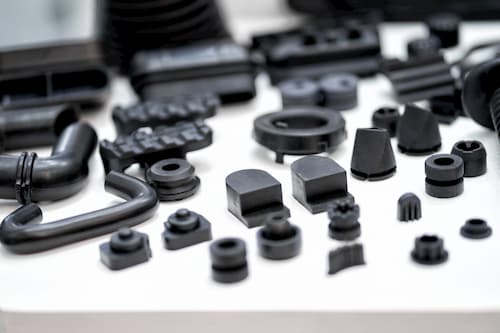Moldmaking processes in the past have often relied on CMM machines to get the precise dimensions of the mold correct. Coordinate Measuring Machines use a probe for data collection. This probe typically moves through various axes and each point of contact is recorded. The probe will establish a certain amount of contact points with the object, build a sufficient dimensional database, and develop a profile of the surface. When making molds, the ability to define 3D shapes becomes essential. This is why automated measuring is most suited for this role.
Scanning Capabilities
For a CMM to define a complex shape in 3D, it is critical for it to be able to take in large amounts of data at one go. This is to enable it to build an accurate picture of the object that is being scanned. This also means that the moldmaker collects the data he or she needs quickly and accurately. This data can then be used in design programs such as CAD or can be stored for future reference.
Continuous Scanning
Traditional CMMs use a process that is known as stitch scanning to collect the data that it needs to define the surface. In this case, the probe makes contact with a part of the surface and then is lifted to reinitiate the contact at another point on the same surface. This process works effectively for surfaces that are fairly even and don’t need multiple data contact points for the CMM to define the surface. When it comes to moldmaking, large amounts of data are needed so continuous analog scanning works better here. The probe is always in contact with the surface and the data stream remains uninterrupted.
New Technology
New technology is redefining how CMMs scan and collect data. Areas of improvement lie primarily in three areas namely the CMM controllers, data sensors, and software.
Controller Technology
Under this category, new technology is making it possible for controllers to control the probe more autonomously and react to unexpected features on the surface. Modern controllers are able to change the direction of the probe and reformulate their calculations to incorporate new features that are encountered along the way. Controllers are also moving in the direction of greater autonomy. This means that machine operators can start the scanning process, and the controller will execute the scan without requiring any further input from the machine operator.
Sensor Technology
CMMs are shifting away from contact sensors to non-contact sensors. This is driving significant improvement in scanning speed, as well as allowing the device to be used on materials that may otherwise be damaged by a contact probe. Other improvements in sensor technology include the rise of CMMs with multi-sensor capabilities. This creates room for more flexibility as the CMM can perform both tactile scanning and precision single-point scanning.
Software Improvements
This focuses on how information collected by the new CMM machines is processed. Advances in software have seen user-friendly interfaces with commands in English rather than complex programming languages. This makes it possible for operators with no knowledge of coding to analyze data quickly and easily. Modern CMM software also allows for greater precision. A good example is a point-smoothing function that enables the machine to distinguish between surface features and other aberrations such as dirt and scratches. Machine operators can also define the limits of the search and mark features that do not require scanning (such as holes) so the machine avoids scanning them.





